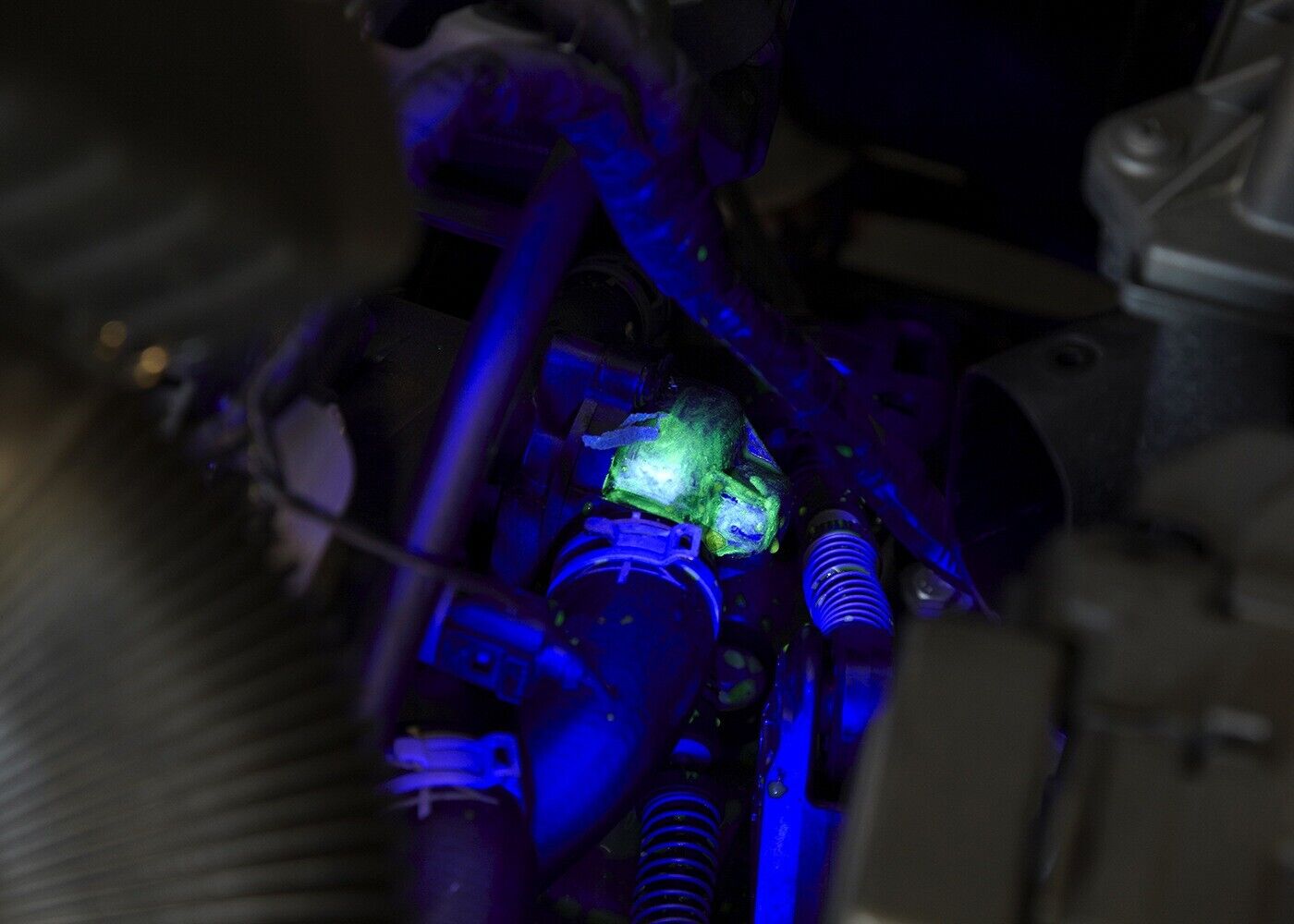I don't normally post threads but thought this would be helpful later on to others.
My FL2 2.2 TD4 (160 BHP) has always suffered a slow coolant loss, but it's getting worse.
So over the Christmas break I'm going to see if I can solve the issue, which I hope will help others later on.
My symptoms are a slow coolant loss in local journeys, maybe a top up from min to max every 2 or 3 weeks, which is about 250 miles.
However on a hard run at motorway speeds, it'll loose coolant at a faster rate. For example we drove the 50 miles to Plymouth this morning, and got a low coolant warning when I started the engine to come home, so I topped it up.
I drove home a lot harder than the outward journey, as the weather was better, and the low coolant warning came on after 35 miles. On lifting the bonnet, it was clear that the coolant had been expelled from the pressure cap.
The coolant loss does seem to increased recently, at about the same time that I removed the EGR blank plate that was fitted before I go the vehicle.
So is this the reason I'm now loosing more coolant, or is this a red herring? I guess I can fit another blank plate to see if coolant loss reduces.
EGR coolers on these are known to fail and leak, so that could be the cause. As to why removing the EGR blank would increase coolant loss I can only guess at.
The other reason could be a failing HG.
The HG was only fitting last November, and has covered about 7k miles in that time.
What I do know is the coolant seems to be pressurised very quickly, even before running temperature is reached (normally a sign of HG failure), and driving the vehicle harder increases coolant loss, to the point where it's expelled from the pressure cap.
I'm suspecting that a leak in the EGR cooler could also cause pressure in the cooling system, as the exhaust gasses are at a higher pressure than the coolant.
I've not done a CO2 sniff test yet, or a UV dye test.
I do know there's no visible leaks other than staining around the pressure cap area when I push it.
Some historical information, the coolant loss was still evident before I replaced the cylinder head last November, but it seems to be worse now.
Any thoughts on this?
My FL2 2.2 TD4 (160 BHP) has always suffered a slow coolant loss, but it's getting worse.
So over the Christmas break I'm going to see if I can solve the issue, which I hope will help others later on.
My symptoms are a slow coolant loss in local journeys, maybe a top up from min to max every 2 or 3 weeks, which is about 250 miles.
However on a hard run at motorway speeds, it'll loose coolant at a faster rate. For example we drove the 50 miles to Plymouth this morning, and got a low coolant warning when I started the engine to come home, so I topped it up.
I drove home a lot harder than the outward journey, as the weather was better, and the low coolant warning came on after 35 miles. On lifting the bonnet, it was clear that the coolant had been expelled from the pressure cap.
The coolant loss does seem to increased recently, at about the same time that I removed the EGR blank plate that was fitted before I go the vehicle.
So is this the reason I'm now loosing more coolant, or is this a red herring? I guess I can fit another blank plate to see if coolant loss reduces.
EGR coolers on these are known to fail and leak, so that could be the cause. As to why removing the EGR blank would increase coolant loss I can only guess at.
The other reason could be a failing HG.
The HG was only fitting last November, and has covered about 7k miles in that time.
What I do know is the coolant seems to be pressurised very quickly, even before running temperature is reached (normally a sign of HG failure), and driving the vehicle harder increases coolant loss, to the point where it's expelled from the pressure cap.
I'm suspecting that a leak in the EGR cooler could also cause pressure in the cooling system, as the exhaust gasses are at a higher pressure than the coolant.
I've not done a CO2 sniff test yet, or a UV dye test.
I do know there's no visible leaks other than staining around the pressure cap area when I push it.
Some historical information, the coolant loss was still evident before I replaced the cylinder head last November, but it seems to be worse now.
Any thoughts on this?

